
Developer: Too Kyo Games, Grounding Inc.
Publisher: NIS America Inc.
Platform: Switch, PC, iOS
Tested on: Switch
World’s End Club – Review
When we first heard about World’s End Club, we thought it was going to be a spinoff of The World Ends With You, given the similarities in the games’ titles and the slightly similar visual styles. We were wrong though, as World’s End Club has no ties to Square Enix’ classic and instead offers up a unique adventure. Coming to us courtesy of the teams behind the 999 series and Danganronpa, World’s End Club is perhaps the most peculiar title on the Switch in a long time. Is it good though?
Story
World’s End Club is a narrative-driven game, filled with lengthy dialogue scenes and lots of exposition, yet somehow it never becomes tedious. Most of the story is delivered through conversations between the cast, which consists of a group of kids known as the Go-Getters Club. During a cataclysmic event, the Go-Getters Club is teleported to a derelict underwater theme park, where they meet the mysterious Pielope, a jester-like entity that wants them to participate in the Game of Fate, a Battle Royale-like challenge that would see only one of the kids survive. Protagonist Reycho realizes that things aren’t as they seem however, and thanks to his insights the group is able to escape Pielope’s game. Right before they escape though, Pai, one of the girls in the group, reveals that one of the Go-Getters Club members is actually the real mastermind behind the Game of Fate, but before she can reveal the name of the traitor, she gets knocked in the head and forgets who it is.
If you think that’s already a lot of plot to take in, you’d be right… but things are only just getting started. When the Go-Getters Club returns to the surface, they discover that the world has changed during their absence. Cities have been turned into ruïns and mutated creatures now roam the streets. There are no signs of any humans, and a mysterious X-shaped object looms in the sky. Additionally, our plucky group finds that they’re 1200 km from where they disappeared from the surface. Determined to return to their homes and hoping to find any adults there, the Go-Getters Club sets out on a 1200 km hike across what was once known as Japan. Along the way, they’ll encounter everything from yetis to cultists, and even a mysterious girl that falls from the sky named Yuki.
We’re only scraping the surface here. Each of the eleven members of the club (twelve if you count Yuki) has their own backstory, although not all of these stories are equally fleshed out. It’s both World’s End Club‘s biggest strength and its main weakness: the game focuses on the story for roughly 80% of what it has to offer, and actual gameplay feels like a bit of an afterthought as a result. The upside is that the story is engaging and actually isn’t afraid to go much, much darker than what you’d expect from the cutesy art style. It was filled with twists and turns and kept us on our toes throughout our entire time with the game.
Graphics
The majority of World’s End Club’s visuals embrace a pastel-colored anime style, which belies the dark nature of the story. The visuals are slightly less crisp than what you’d expect from a Switch game in 2021. This is in part due to the exaggerated cartoonish aesthetics that are decidedly less realistic than what you’re getting from anime these days. It has a certain appeal but we would’ve really liked something that was more detailed and looked less like a slightly upgraded 3DS title. This lack of visual fidelity is especially apparent during flashback scenes, which are usually underscored by colorized high contrast versions of earlier moments in the game. Here, the pixelation is really obvious and obnoxious. It’s made all the more frustrating by the fact that the game uses a different art style occasionally, such as during an opening scene where Pielope explains the Game of Fate to a more realistic looking group of students, and this scene looks jarring juxtaposed against the anime visuals, but in a vacuum, it looks absolutely fantastic.
That said, the character designs themselves are great and really help sell these characters. With a cast of 12 protagonists, it’s hard to characterize each one of them equally, but thanks to distinct visual designs, the cast is easy to identify, even if each cast member is a stereotype. There’s Mowchan, for example, whose body type reflects his love for food. Likewise, Tattsun looks and acts like a stereotypical nerd. Some of the more enigmatic characters, such as Jennu, avoid the overt stereotypes and are less two-dimensional, but thanks to their distinct visual design, characters like her are still recognizable at a glance.
Sound
One of the main draws here is that World’s End Club offers full voice acting, both in Japanese and in English. Voice acting is fantastic, and this is one of the few times where we’d actually recommend the English cast -which happens to consist of industry veterans like My Hero Academia’s Amanda Lee and Senran Kagura’s Brittney Karbowski. Additionally, the OST fits the dark yet cutesy nature of the game, including the catchy Go-Getters Club theme song. Sound effects are crisp and the entire game’s soundscape could have come straight from an anime.
Gameplay
As we mentioned in the story section of this review, there is less focus on actual gameplay than what you’d expect, with the majority of World’s End Club poised to deliver story scenes. This actually makes it rather difficult to put a label on what genre World’s End Club aims to be. The Nintendo eShop page files the game under Action, Adventure and Platformer, and although there are semblances of each of these here, none of them quite fit the bill. It’s not quite a visual novel either, as the scenes are fully animated and voiced and there is too much gameplay to fall under that moniker. Perhaps the best way to describe World’s End Club, based on the game’s structure and story focus, is that it’s a playable season of an anime series.
The game is divided into chapters, each of which falls in a category. Story chapters are exactly what you’d expect, and chapters that are marked with ‘Act’ are where the gameplay comes in. These are typically light platformers, where you take control of one of the members of the Go-Getters club and need to cross various obstacles. Each member of the Go-Getters club has access to a special super power, which they unlock as you progress through the game. Reycho is able to throw rocks and pieces of fruit in order to take out opponents or to knock objects down, and Nyoro is able to use the F-bomb (which isn’t what you think) to cause explosive damage.
These powers are varied and the levels are designed around using them. Take the aforementioned F-Bomb example: while the Club is chased by a mutant dog, Nyoro must construct these bombs on the fly to slow down the enemy. Boss Battles are also present, and once again the powers of the Go-Getters Club are key here. One such example pays homage to a piece of video game history too: when facing off against the Yeti, he’ll throw ice barrels at you in a similar manner to Donkey Kong. These levels are often surprisingly tricky, and often involve trial and error to figure out just how to get past an obstacle. There is a good chance you’ll die over and over again, but there are no “lives” here and you can keep retrying without penalty should you struggle to overcome an obstacle.
Apart from the ‘Act’ and ‘Story’ chapters, there are also ‘Camp’ chapters. In these chapters, the members of the Go-Getters Club tell Reycho what’s on their minds and how they are dealing with the events of the story. Although these flesh out the characters and their backstories, you can skip the dialogue here should you wish. Chapters are marked on a timeline that is drawn over a map of Japan, representing the journey of the cast. There are branching paths here as well, and at key points in the story, Reycho will be tasked with choosing the destination of the journey. This sees the main group split up several times during the story as well. The decision mechanic increases replay value and you’re able to simply return to earlier chapters in the story from the timeline map and make different choices. Add to this that there are hidden collectibles throughout the game, in the form of hidden stickers -some of which you can’t get when continuing your save from the demo- and you’re looking at a title that’s not only set on delivering a great story, but incentivizes you to revisit it in order to see everything.
Conclusion
If we were to judge World’s End Club purely from a gameplay perspective, we wouldn’t recommend it, as there isn’t enough actual gameplay here to make the journey worth it. However, the game’s saving grace is its focus on storytelling and delivering a fantastic and memorable cast of characters. It’s a hard sell, and there is no middle ground here: you will either absolutely adore the game or you will hate it because it doesn’t commit to any conventions. If you’re still in doubt, we highly recommend giving the hour-long demo a try, as it will let you play through the entire Game of Fate. If you’re still intrigued after you completed the demo, then the entirety of World’s End Club is going to be a joy to experience for yourself.
World's End Club - Review,1 Comment
Leave a Reply
You must be logged in to post a comment.

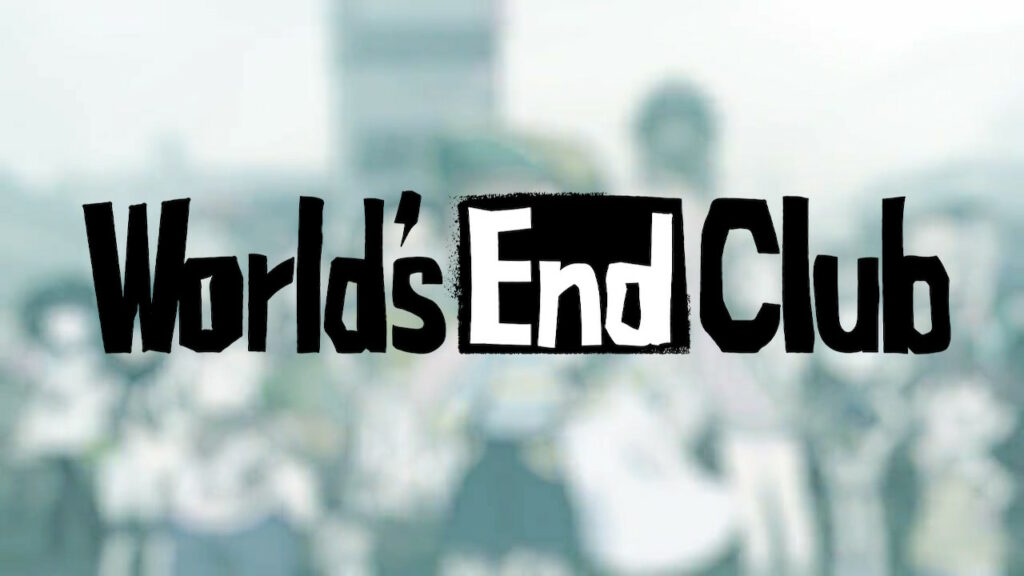
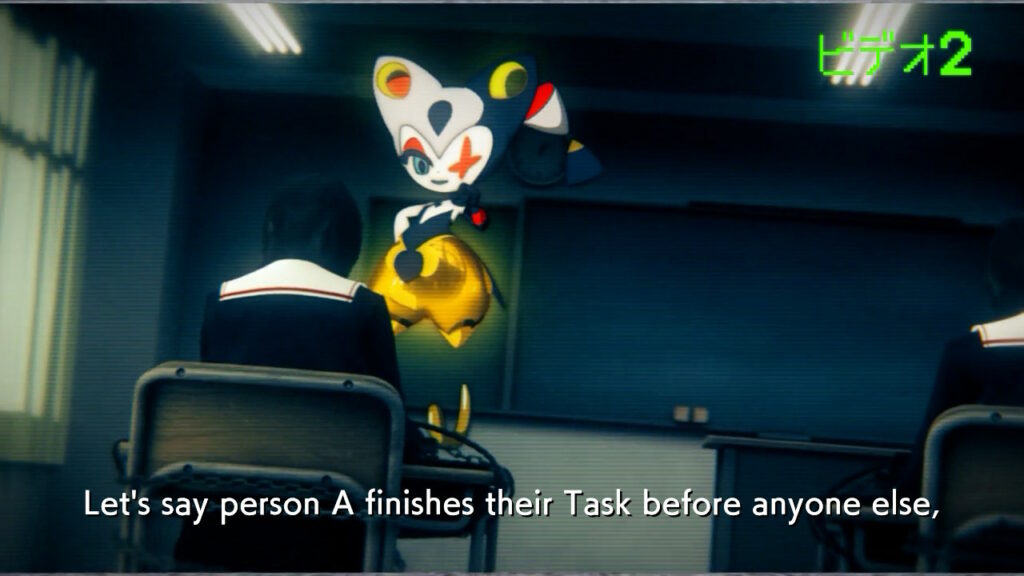
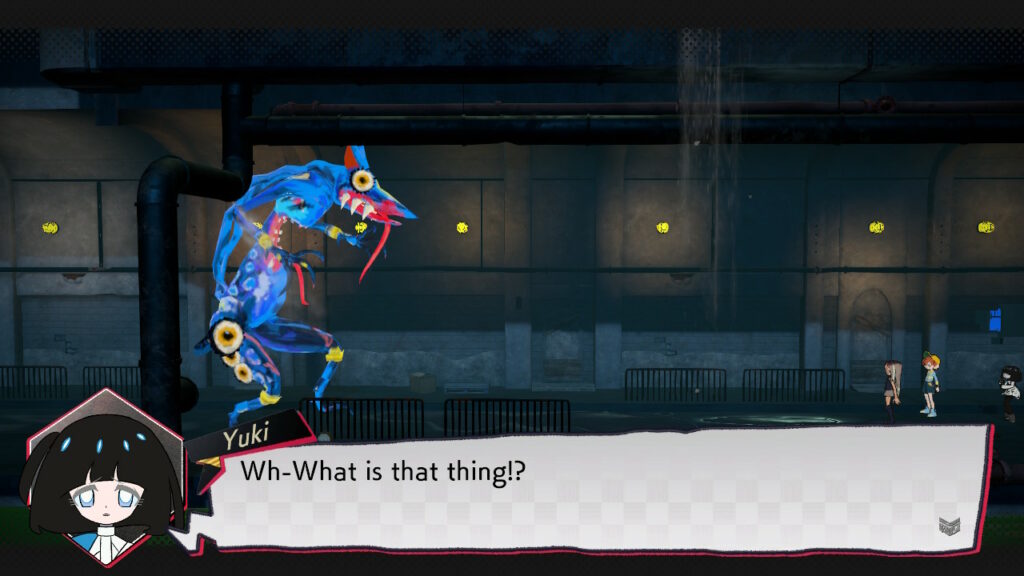
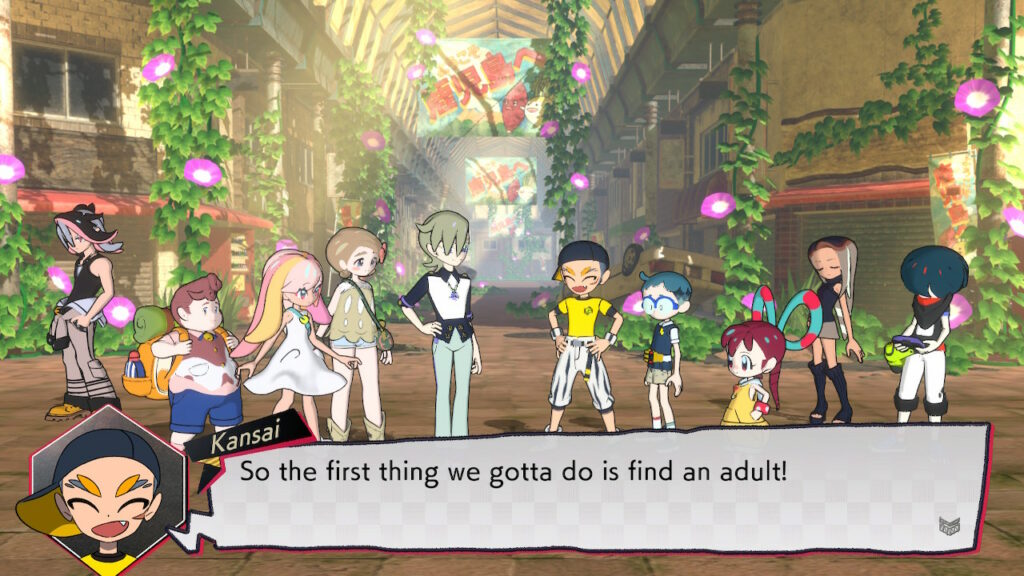
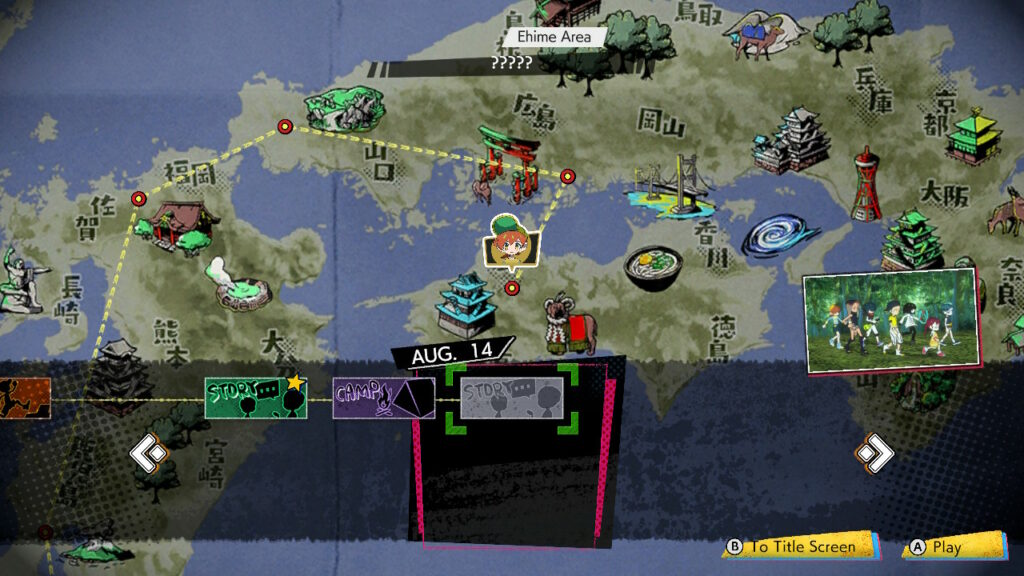
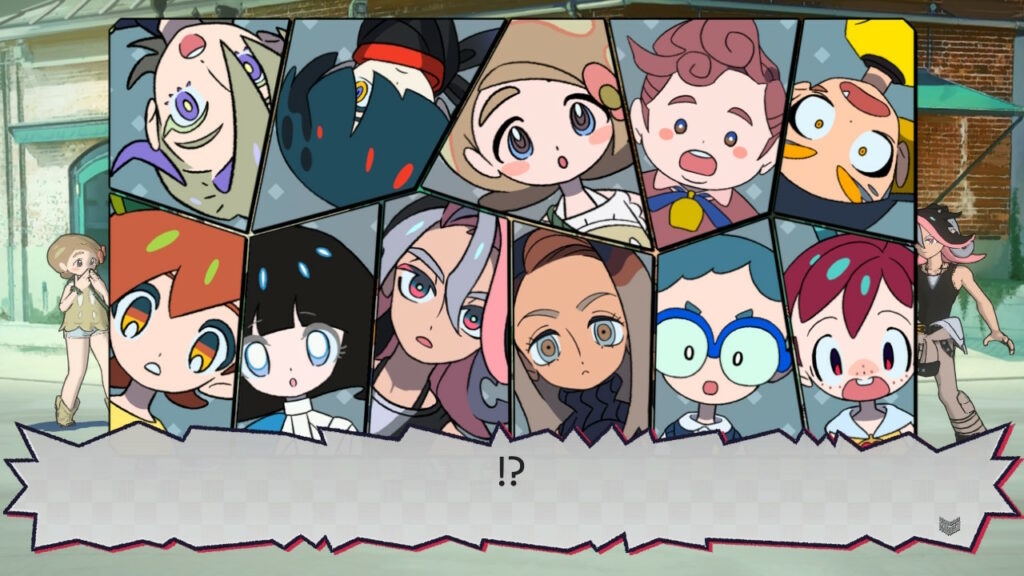
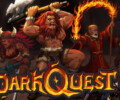

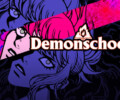

[…] Kyo Games may be a relatively young studio, but with games like World’s End Club and Master Detective Archives: Rain Code, it has already built an impressive track record. If […]